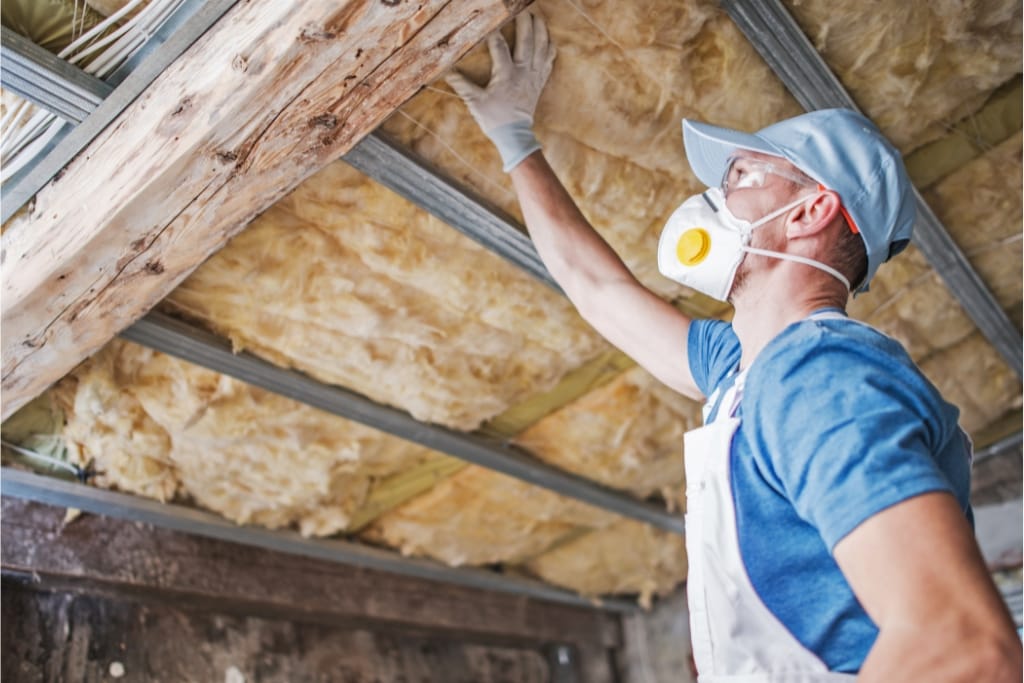If you live in an old house, insulation can be a great way to improve the comfort of your home.
Insulation helps keep the temperature inside stable and reduces energy costs.
However, insulating an older home can present some unique challenges.
You may find that traditional methods of insulation don't work as well for your particular situation.
Fortunately, there are several tips you can follow to ensure that your older home is properly insulated and comfortable all year round.
In this article, we will discuss 10 tips for insulating an old house so that you can make sure it's done right.
1)) Check For Air Leaks
The first step to insulating your home is to check for air leaks.
These can be found around doors, windows, and any other openings in your home.
You can use a piece of paper, a candle, or your hand to feel for drafts coming through these openings.
Once you've found the air leaks, seal them up with caulk or weatherstripping.
Put foam gaskets behind outlets and switch plates on exterior walls.
Foam gaskets are a cheap and easy way to seal up drafts around outlets and switch plates on exterior walls.
2)) Add Insulation To Your Attic
The next place you should add insulation is in your attic. This will help keep the heat in during the winter and the cool air in during the summer.
3)) Add Insulation To Your Walls
Another place you can add insulation is to the walls of your home. This can be done from the inside or the outside of your house.
4)) Install Double-Paned Windows
Another way to improve the insulation of your home is to install double-paned windows.
These windows have two layers of glass with a space in between them.
This helps to keep the heat in during the winter and the cool air in during the summer.
5)) Use Window Film
Window film is another great way to improve the insulation of your home.
This film helps to reflect heat away from your windows in the summer and keeps heat from escaping through them in the winter.
6)) Hang Curtains On Your Windows
Curtains are not only a great way to improve the look of your home, but they can also help with insulation.
Heavy curtains can help to keep heat in during the winter and cool air in during the summer.
7)) Use Rugs And Carpets On Bare Floors
Rugs and carpets are great for adding insulation to your home because they help to keep heat from escaping through bare floors in the wintertime
8)) Install Storm Windows And Doors
Storm windows and doors provide an extra layer of protection against drafts and help reduce heat loss in the winter and heat gain in the summer.
They’re relatively inexpensive and easy to install, so they’re a great option if you’re looking for a quick fix.
9)) Use Space Heaters Wisely
Space heaters are a great way to add extra warmth to a room, but they should be used wisely.
Be sure to keep space heaters away from flammable objects such as curtains, furniture, and clothing.
10)) Close Off Unused Rooms
If you have rooms in your house that you don't use often, close them off to save on heating costs.
By closing doors and vents in unused rooms, you can redirect heated air where it's needed most—in the rooms where you and your family spend most of your time.
Conclusion
Insulating an old house can be a daunting task, but it is essential to ensure the comfort and energy efficiency of your home.
By following these 10 tips for insulating an old house, you will have taken steps towards improving not only its thermal performance but also its structural integrity.
Additionally, by taking proper measures now to properly insulate your home from drafts and air leaks, you’ll save yourself money in the long run on heating costs as well.
With some thoughtful research and preparation, insulation upgrades are achievable even in older homes with limited access or tight spaces that make traditional methods difficult or impossible.
Investing time into researching which options work best for your particular situation may result in substantial savings down the road!
Download Our Free E-book!








